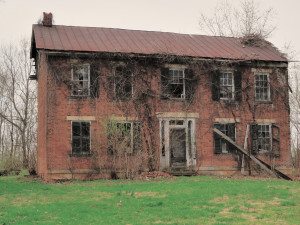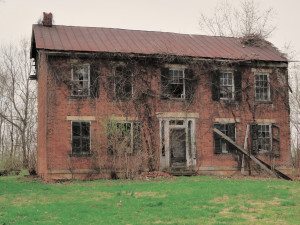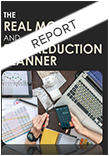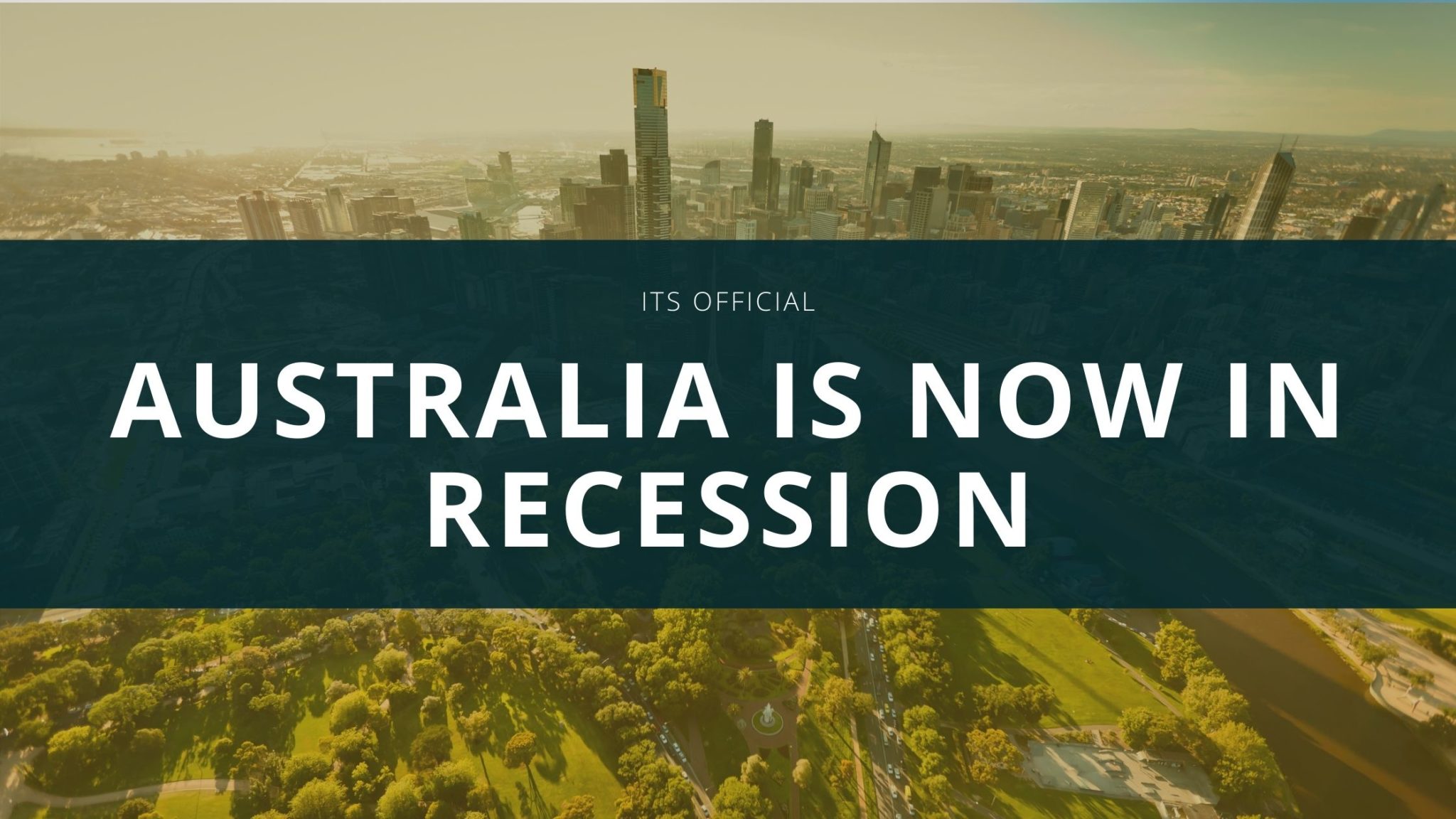
Helen Collier-Kogtevs
Top 3 Mistakes made by Property Investors
 There’s an interesting and confounding fact about property investing that seems to ring true, regardless of what the market is doing and how high or low interest rates are.
There’s an interesting and confounding fact about property investing that seems to ring true, regardless of what the market is doing and how high or low interest rates are.
That fact is: Investing in real estate successfully in Australia is simple.
And yet, so many Australians continue to get it wrong. It’s not rocket science and you don’t need a university degree to be able to invest (although an education of some sort is essential).
Because when it comes to investing in real estate successfully, it’s actually not all that difficult. It’s like anything else in life: if you take the right steps in the right order, you can maximise your chance for success and minimise your risks.
In real estate, this means that if you create a plan, do your research, have risk mitigation strategies in place and don’t over-extend yourself financially, then you’re more than likely to have a positive and profitable experience.
But many landlords don’t have this experience, and it’s often due to one of these 3 common and profit-crunching mistakes:
1. Investing with impatience
When I meet an investor who has had a negative experience, a little digging usually reveals that somewhere along the way, they’ve cut corners and/or skipped over essential parts of the due diligence process. I’m guilty of this myself; when Ed and I first started investing, I was so excited about adding to our portfolio that we settled on a property in Western Australia without properly researching the rental market.
I believed our real estate agent when he said our government tenant was likely to re-sign when their five-year lease expired in six months. I also believed him when he said we wouldn’t have a problem finding another tenant at the same amount, if this tenant moved out. Fast-forward six months and the tenant moved out – and we discovered the market rent was 30% lower than the government lease had achieved! It was a hard lesson to learn financially, but that mistake has ensured we have never skipped our due diligence on rental markets ever again.
2. Following the crowd to ‘hotspots’
We’ve seen this recently in the over-hyped Sydney market. The market was booming and a flood of investors jumped on the bandwagon, paying (in my view) inflated prices for real estate at the peak of the market. Many of these investors failed to do their due diligence in their rush to secure a piece of the action.
This means there are hundreds, if not thousands, of investors who have ended up adding an over-priced Sydney property to their portfolio, which may not suit their investment strategy, and which may not move them closer to their wealth creation goals.
3. Buying in your own neighbourhood
I’m sure that if it were possible to survey every investor in Australia, we’ve find that at least 75% of them bought their first investment in an area local to them. Buying in your own neighbourhood, or even your own street, is a common and comfortable way to enter the market, as you can physically “keep an eye on the property”. Also, you like living in the area, so it makes sense that you’ll find quality tenants who like it as well, right?
This seems to the thinking that drives countless people to invest where they live, and it can be a fast-track to failure. Why? Because it’s an investment decision driven by emotion, not facts and figures.
To find an investment property with serious profit potential, you need to crunch the numbers and analyse the suburb’s credentials. What are vacancy rates like? Is tenant demand strong? Is the suburb growing, population-wise? What is the suburb’s demographic like and is it changing? Is new infrastructure planned? Are there any unique factors – like a school or a major employment node, such as a hospital – that will ensure this neighbourhood’s growth in the long-term?
If you ask all of these questions and more as part of your due diligence, and your own home suburb still stacks up as investment, then it may make sense to invest locally.
But you should only go down this path once you’ve done all of the research that you would do on any other suburb – as blindly defaulting to a nearby investment can be a quick and painful way to learn that not all properties are created equal, and not all locations will deliver price growth.
Til next time, happy investing!
Helen Collier-Kogtevs
Helen Collier-Kogtevs
Share this post
Become a successful Property Investor















